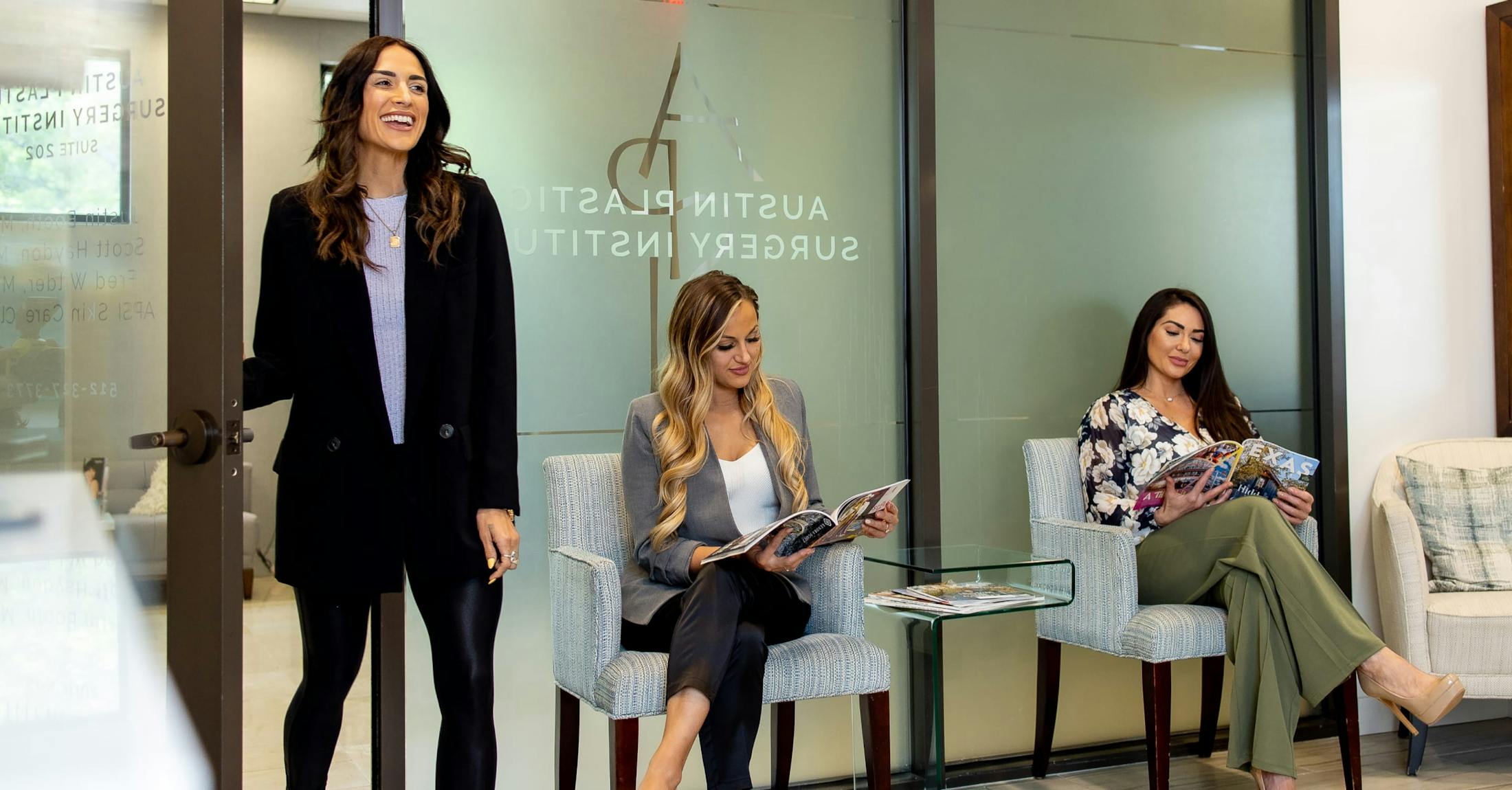The APSI Thoughts On Medical Tourism in Plastic Surgery
It is now summer and Americans often do what we do best in these warm months, we vacation. For those having thoughts about undergoing a cosmetic surgery, it can be enticing to consider combining a vacation with recovery from a surgery. And perhaps get that surgery at a cheaper cost.
Medical tourism is definitely on the rise for both cosmetic and reconstructive procedures with people venturing from the United States to countries as far flung as Thailand and Poland to have their surgery performed. The biggest medical tourism markets for plastic surgery are in central and south America and in areas of Asia.
Surely there are some well trained and experienced surgeons in other countries that can provide competent surgery, right? If so, what is the harm in going abroad for your breast augmentation or eye lift surgery?
Standards for safety and surgical training in other countries
America holds some of the most stringent standards in the world for surgery centers and hospitals to become accredited. We also have some of the finest training programs in the world and our surgeons typically have to complete at least 6 years of training after medical school to become a plastic surgeon and obtain hospital credentials. The American Board of Plastic Surgery holds their board certified surgeons to high standards in order to get and maintain their board certification. Many countries do not hold the same standards for operating facilities, sterile techniques, modernized instruments, surgeon credentials, anesthesia credentials, or quality of products used (remember, the FDA process of approval only exists here). Furthermore, many of these facilities are privately owned and it may be very difficult to research the answers to the questions about credentialing of staff or how equipment is maintained or sterilized.
Vacation activities and postoperative recovery do not mix
After surgery, patients should not be sunbathing, swimming, walking for hours on tours, or drinking alcohol. Activities such as these can greatly increase the risk of healing problems and other postoperative complications.
Most surgeons will advise patients to avoid flights (especially multi-hour flights) anywhere from 5-10 days after a procedure. Long plane rides can significantly increase the risk of a postoperative blood clot in the leg called a DVT (deep vein thrombosis) that can then move to the lungs to become a pulmonary embolus. Blood clots result in hospitalization, require blood thinning medications, and can potentially be fatal.
Short or no follow up appointments
Many cosmetic surgeries in the United States are followed in the days and months by postoperative visits by the operating surgeon to assess for healing, treat complications such as infection or fluid collections, and follow the scars and overall outcome. The earlier the complication is treated, often times the better the outcome for the patient. Data on complications from surgeries done abroad is limited but one study suggested a rate of about 15% that required some medical care. It is difficult to contain costs when a patient must seek a new surgeon in the United States to care for a complication that occurred under a different and out of country surgeon. That less expensive surgery can turn into a very costly situation if a complication occurs or a revision surgery is needed.
And, beware of clinics outside of the United States offering procedures that are deemed unsafe and illegal here. There are always reasons why those safeguards exist here as in the case of injections of silicone and other harmful substances. In these cases, there is significant risk of death or injury and no surgery or potential outcome is worth that risk.
Please keep yourself safe this summer and separate the concepts of vacation and surgery. And, as always, we encourage you to fully research your surgeon and procedure before proceeding with your plan for plastic surgery. In our opinion, the peace of mind that you are in well trained hands with all the correct safeguards in place is worth quite a bit.
Author credit: Lauren Crawford, MD


